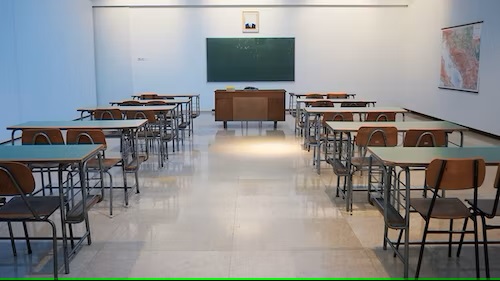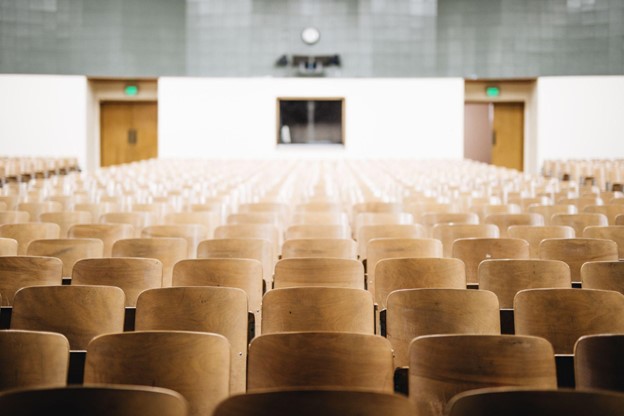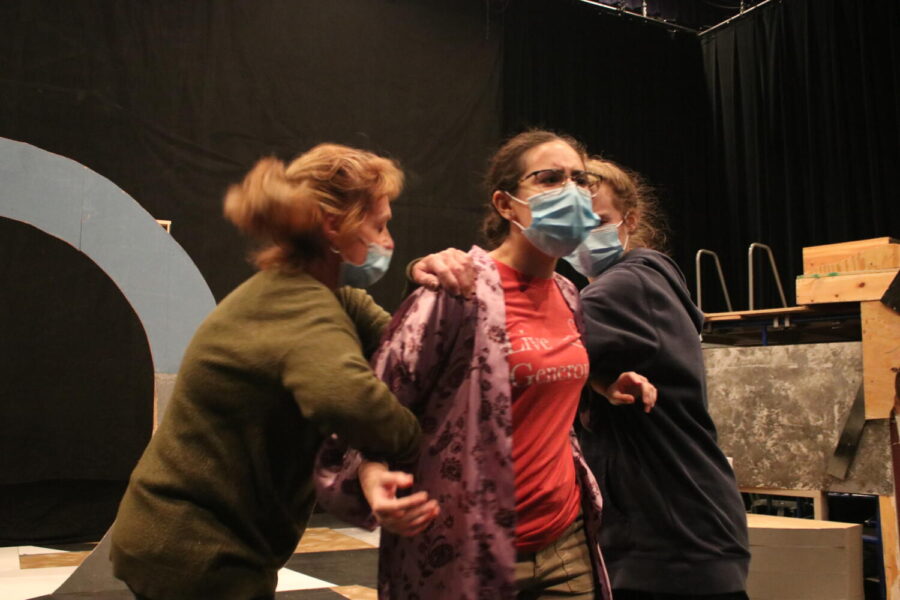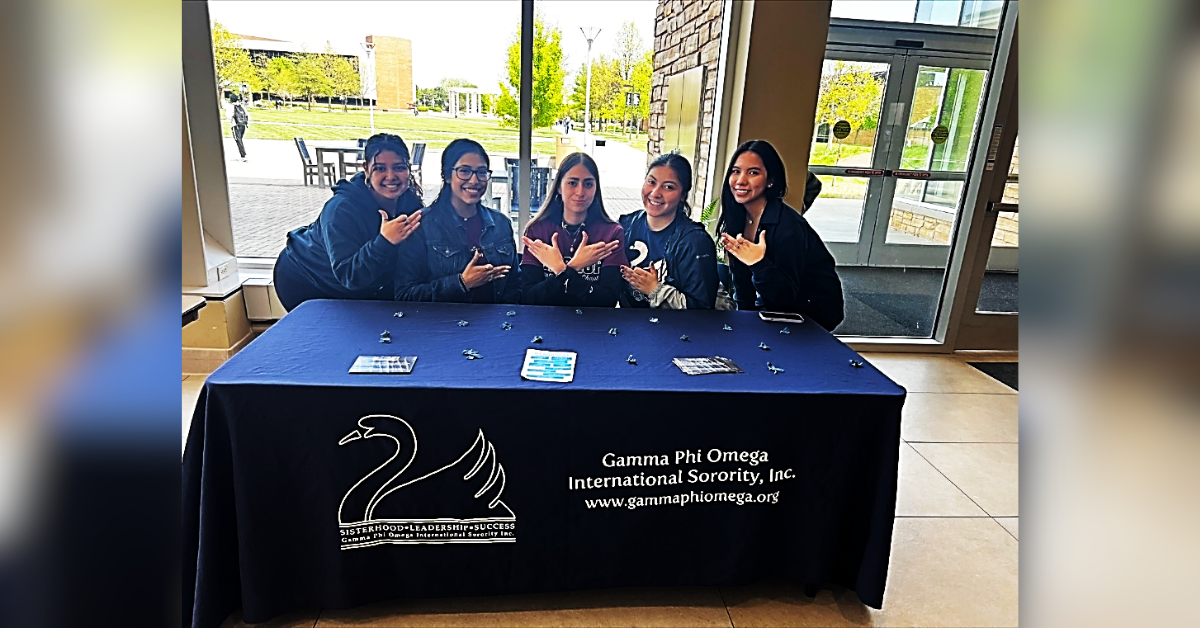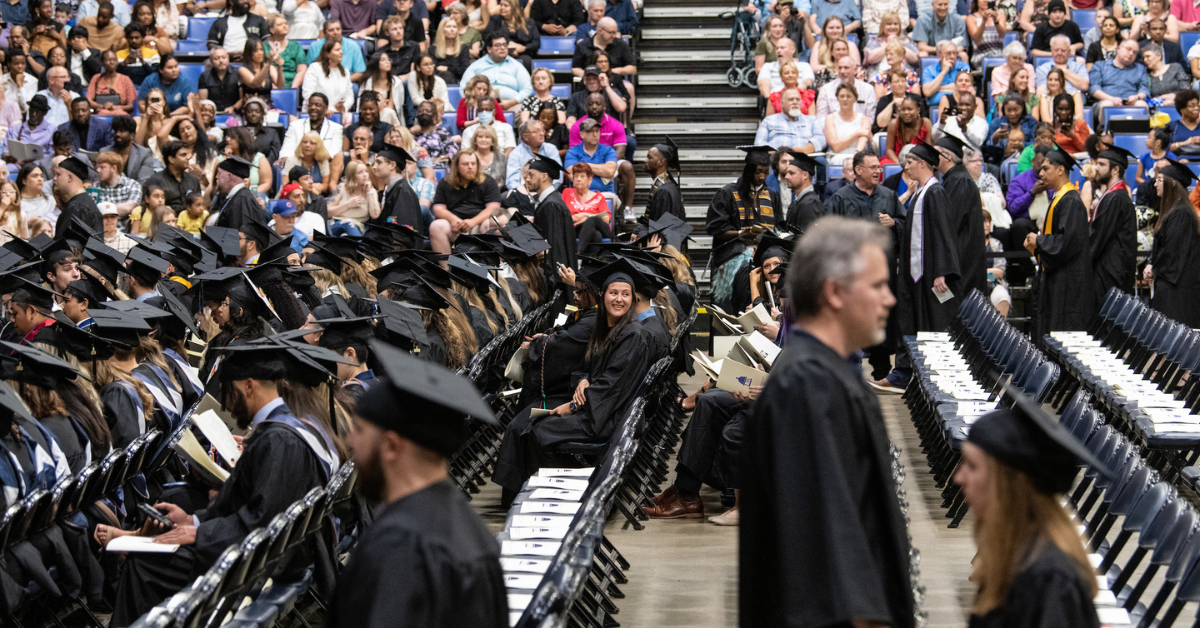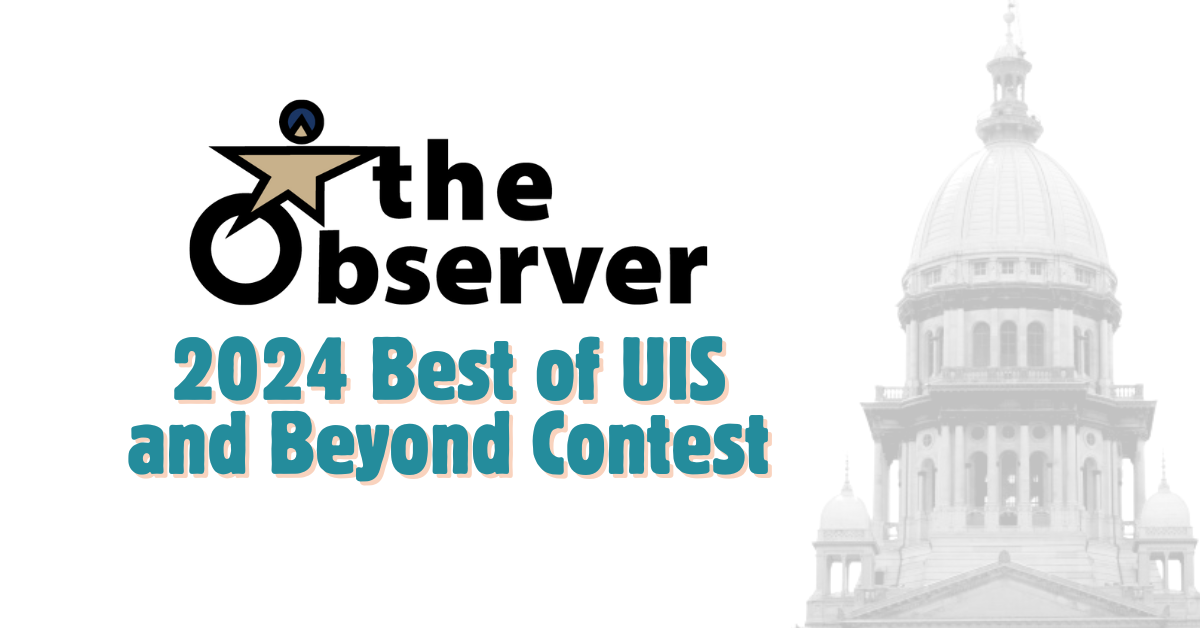A common issue that seems to come up in the United States is ableism, and whether in the workplace or public schools, it has had an astounding impact on the structure of social norms today. According to the Merriam-Webster dictionary, Ableism is “discrimination or prejudice against individuals with disabilities.” This can take multiple forms, such as a lack of wheelchair-accessible entrances and exits or a lack of subtitles in many movie theater showings. Some of these occurrences are done with malicious intent. Yet, very often, the lack of sufficient accommodations happens when there is a lack of consideration for the experiences of those with disabilities.
To understand this better, it is important to get a better sense of what a learning disability is. While learning disabilities are not expressly defined in the Americans with Disabilities Act, the definition can be found in the Individuals with Disabilities Education Act (IDEA). IDEA offered the definition of a “specific learning disability”:
“A disorder in one or more of the basic psychological processes involved in understanding or using language, spoken or written, may manifest itself in the imperfect ability to listen, think, speak, read, write, spell or do mathematical calculations.”
An unfortunate reality for many people is that they may be on the cusp of struggling with a disability but not quite qualify for the criteria of any particular disability. What happens to people who struggle with certain aspects of any learning disability without quite being able to be diagnosed with any? Unfortunately, they often wind up left behind in the eyes of the American education system.
Despite constant efforts, there is an ongoing issue with how our system treats disabled students. When it comes to teachers and professors, one common issue is that they aren’t paid enough, and unfortunately, this can tend to show in the way they handle the needs of their students. While some are able to come up with ways to accommodate students in their classrooms, others will create course expectations that regularly create disadvantages for a portion of their students.
Commonly, some rules and expectations actively exclude students who may have difficulty in certain areas. For example, a rule that notes will not be shared with the students, with an expectation that they will have to take the notes themselves without “slacking off.” This can be detrimental to those who experience learning disabilities such as attention deficit hyperactivity disorder, who may not be able to keep up with the class pacing enough to have effective notes at the end of the class. Things like speaking fast without taking moments of pause for students to keep pace, making lecture recordings without subtitles, and more have a lasting impact on students. Even worse, some teachers will get frustrated with their students rather than make efforts to make accommodations. Angry that a student needs the most recent slide of notes and can’t keep up, angry that they are being asked to speak slowly or to provide notes. This can ultimately impact the direction of students’ education, leading to students expecting very little from their own educational experiences or themselves.
The pandemic brought many changes which opened doors for those in need of learning accommodations, and while many of these seemed like common sense, they were things we once didn’t think much about. Virtual meetings, remote coursework without the fee of online classes, recorded class sessions – these were all things that allowed those with learning disabilities an opportunity to keep up with work and school in ways better suited for their needs. For example, with things like PowerPoint slides being voiced over, students who may experience auditory processing disorder could go back and re-process the information.
The experiences weren’t always positive, though, as frequent Internet issues were detrimental to those who struggle with focus and motivation, particularly if the interruptions go on for too long. There was also the issue of improper visuals being used to represent the lectures and meeting overview, meaning those with hearing-related disabilities had to work even harder to follow along with the material.
The pandemic may have introduced many valuable methods to use in education settings, but there is still a way to go in making the education system as equitable as possible. There are better ways of making school systems more accommodating to those who need aid in their learning environment through the newer and constantly progressing the idea of using technology to make learning easier. With hope, those with disabilities or learning challenges can get the help they deserve within their educational experience.

